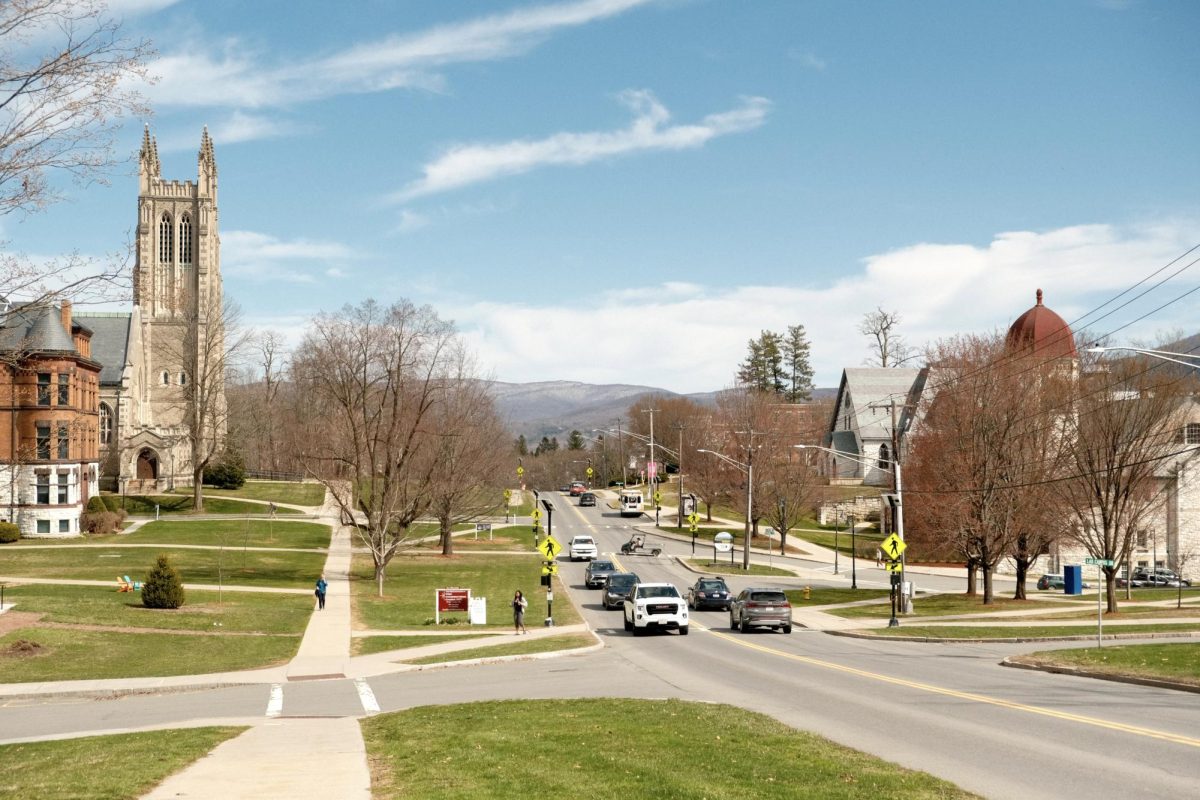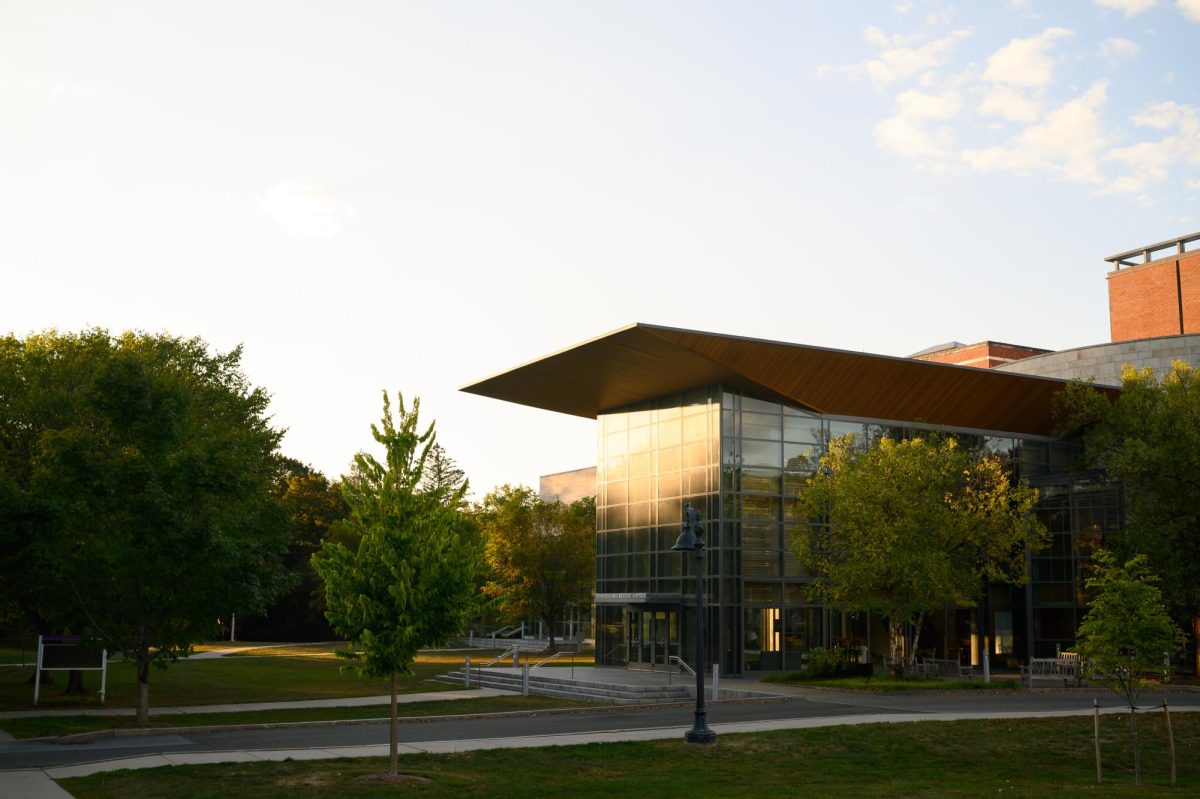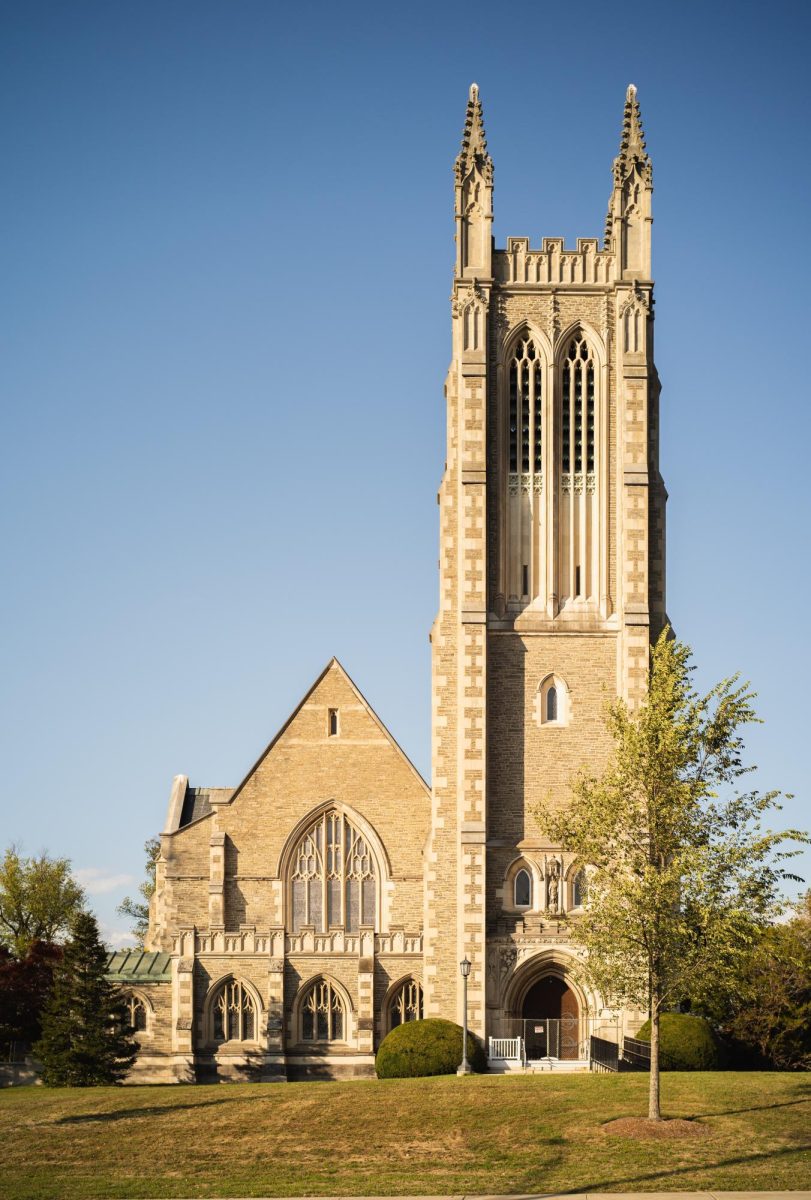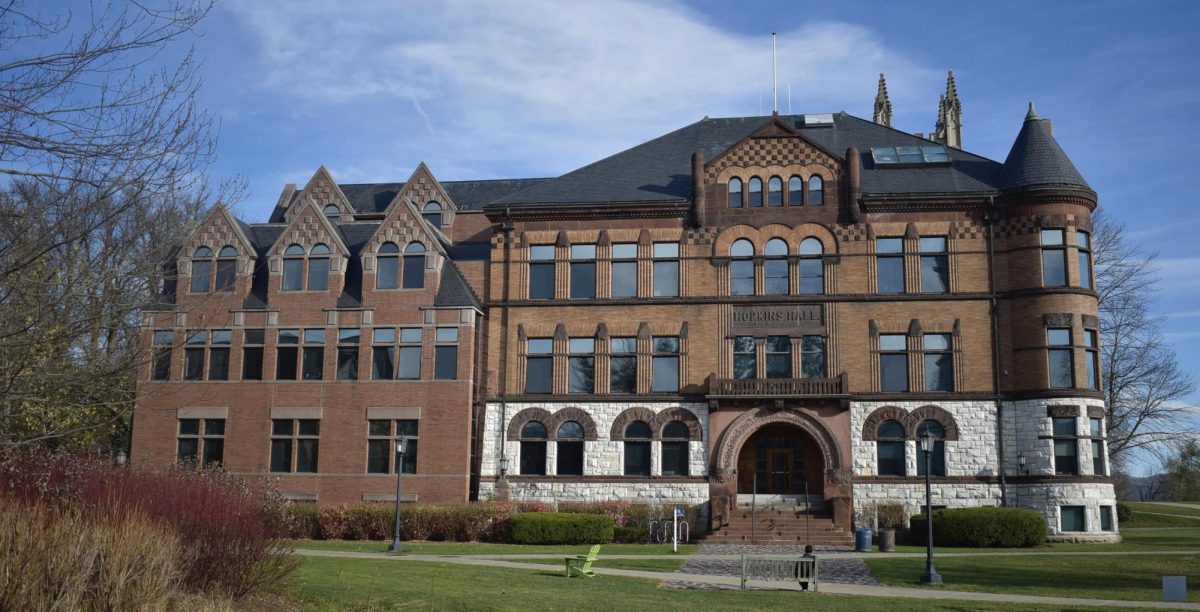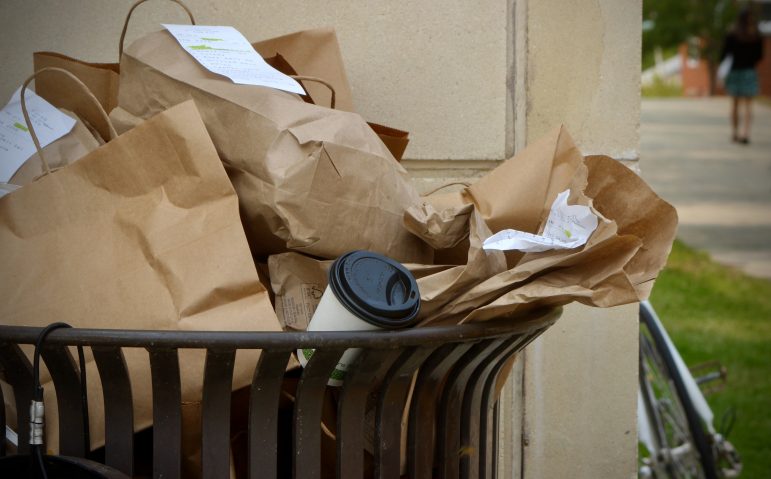
In 2015, the President and Board of Trustees determined the following five goals to reduce the College’s impact on climate change by 2020: Significantly reducing the net greenhouse gas emissions, achieving carbon neutrality, reducing consumption of fossil fuels, investing in projects to benefit the environment and making investments in the College’s educational mission.
“We agree that global climate change is an urgent issue and Williams has an obligation to address the issue in substantive ways,” they wrote in their statement. “Williams, as one of the most advantaged institutions of higher learning in the country … must assume a leadership role both on our campus and in the national conversation in the fight against climate change.”
The pandemic has majorly impacted the College’s ability to prioritize sustainability as intended, making reaching the set goals significantly harder. As the calendar year comes to a close and the College’s self-imposed deadline for the sustainability goals approaches, has the College met its goals towards reducing its environmental impact?
How the College has done
The five goals laid out include reducing greenhouse gas emissions 35 percent below 1990 emission levels; achieving carbon neutrality by the end of 2020; reducing fossil fuel use by partnering with students, faculty and staff; investing in projects to help the environment and making investments in the educational mission.
Although the College has reduced emissions, it may not meet the goal set in 2015. In June 2020, the Strategic Planning Working Group on Sustainability published a report on the College’s progress towards meeting the goals. According to the report, the College was still 8,000 Metric Tons of CO2 above the goal at the time. This gap will be partly offset by a partnership with four other schools to construct a solar power facility called the Farmington Solar Project, but the College is still projected to only reach emissions 30 percent below 1990 levels.
In pursuit of carbon neutrality, the College has primarily used carbon offsets to reduce its carbon footprint. Carbon offsets are the financing of a carbon reduction program elsewhere in the world, reducing emissions there in order to essentially “offset” the net positive emissions on campus. However, the report mentioned that while the working group conducted conversations with community members about sustainability at the College, many criticized the use of carbon offsets as “buying our way out of a moral obligation” and instead wanted to see reductions through “improved efficiency and reduced energy demand.”
The consumption of fossil fuels has diminished primarily due to building projects on campus, but the working group report also detailed the “increased use of local foods, reduced food waste, increased electrical efficiency” and more as factors as well. While cleaner energy is being used, the College is still struggling with reducing consumption itself, which is something they plan to focus on in coming years.
In 2015, the College committed to investing $50 million of the endowment towards fighting climate change. From 2016 through 2019, the College invested in providing debt financing for alternative energy products in North America and equity financing for utility-scale renewable energy products in the United States. As of June 2020, $20 million had been invested towards different alternative and renewable energy projects and according to the working group’s report, the College is on pace to finish spending the rest of the money by the end of the year on other environmental projects.
To invest in the educational mission on sustainability, the College hired two new faculty with research and teaching focused on climate change, including Laura Martin in the Environmental Studies department in 2017 and Alice Bradley in Geosciences in 2018. They also held a year-long program “Year of Confronting Climate Change” in 2016-2017, hosting speakers and addressing sustainability and climate change in courses.
The pandemic’s effect on sustainability efforts
With the restrictions necessary for campus to reopen, the College has had to find ways to balance sustainability and safety. “Sometimes the path has led to more sustainable solutions,” Zilkha Center Director Mike Evans said. But, he noted that the pandemic has also led to less sustainable solutions as well.
Dining, in particular, has presented a challenge, and Dining Services has worked to reduce waste despite pandemic-related setbacks. “Non-food dining waste, aluminum pans and compostable clamshells have increased this year due to food delivery for students during quarantine periods, and from take out containers for to-go meals due to social distancing,” Director of Dining Services Temesgen Araya said. “Post-consumer waste remains a challenge at this time as students look for ways to compost their uneaten portion of meals.”
Dining Services has worked to reduce waste in a number of ways. Cardboard to-go containers, which were in use for the first weeks of the semester, were replaced with reusable ones, and meal-by-meal basis mobile ordering, particularly at Fresh N Go, reduces unused food. The dining halls have recently begun phasing out students’ use of paper bags in favor of reusable bags.
Facilities, Dining Services and the Zilkha Center have also collaborated to expand the number of composting locations, introducing compost bins to student residence halls. The College, in their reports on sustainability, has frequently mentioned implementing composting bins in the dorms. However, with outdoor dining and different waste bins at the dining hall than in the past, it is not yet clear whether the amount of food composted has increased or decreased this year. “With new serving requirements and social distancing our waste will be difficult to accurately measure, especially post consumer waste since students are not dining [in dining halls] this year,” Araya said.
Most recently, a February 2020 report listed campus-wide composting as a desired strategy to increase diversion of non-construction waste. Waste diversion is the process of keeping waste from landfills through methods such as composting, recycling, and reuse.
“While the collection and diversion rate would increase if we were able to have more compost collection bins in dorm common rooms, the operational logistics of increasing the number that dramatically is not currently feasible,” Evans said.
Furthermore, in an Oct. 6 email, Provost Dukes Love wrote to the student body that “the pandemic has also had a strong positive impact on emissions.” With the pandemic limiting everyone’s ability to leave campus, the decrease in College-related travel has been a major factor in this decrease in emissions. But this improvement will not be limited to the time of the pandemic; the College has also said it will work to ensure this decrease in emissions will not end once the pandemic is gone. “We now want to ensure that Williams doesn’t simply reset to previous levels if and when travel becomes easier,” Loves said. “The Zilkha Center, Campus Environmental Advisory Committee and the Office of the Provost will co-develop a program this year to protect our progress and keep travel emissions down long-term without impairing the college’s mission.” No further information has been provided about this program.
The College’s sustainability goals going forward
To continue the work already done, the Strategic Planning Working Group on Sustainability has established six areas in which the College should focus their goals for the next decade. They include climate action; the build environment, landscaping and land use; education and research; responsible consumption; community, equity and inclusion; and accountability and transparency.
Throughout this year, the College administration will take into account these six goals to create a long-term plan, which will be announced in 2021, to continue the College’s sustainability efforts throughout the next decade.





